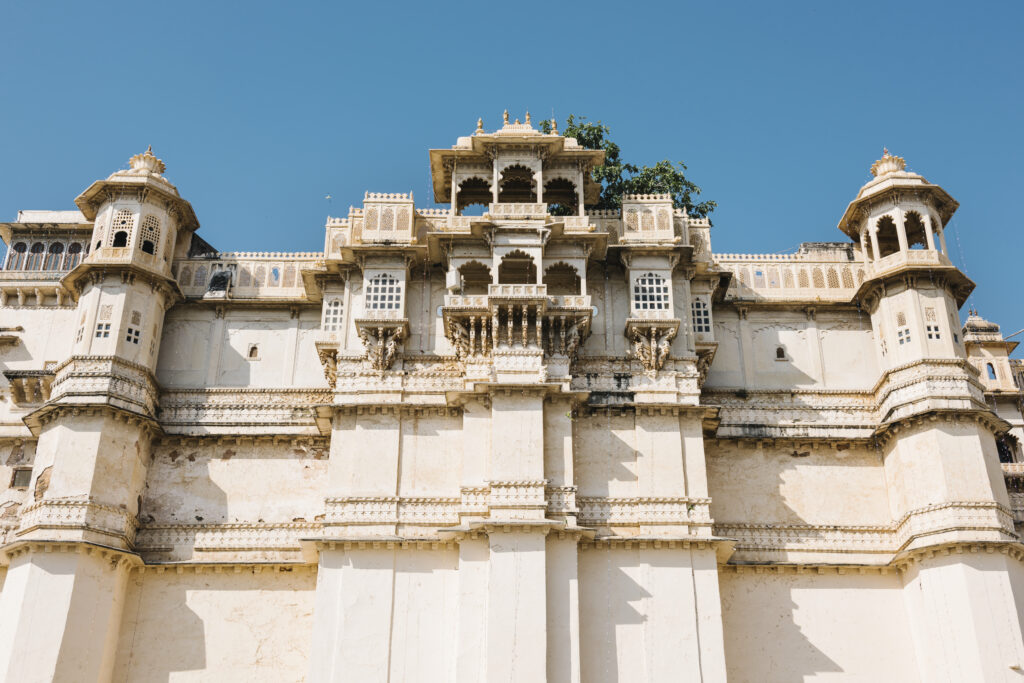
Temple Architecture in Uttarakhand is one of the most fascinating aspects of India’s cultural and historical landscape. Known as Devbhoomi or the “Land of the Gods,” Uttarakhand has been home to countless religious sites, ancient shrines, and spiritual centers for thousands of years. The region’s unique geography—towering Himalayas, flowing rivers, and remote valleys—has influenced how temples were built and designed.
From the Katyuri dynasty of Kumaon to the Chand rulers and the Garhwal kings, each era left behind a distinct architectural style. These dynasties didn’t just create places of worship; they carved the cultural identity of Uttarakhand. Today, when we explore Kedarnath, Jageshwar, Baijnath, or smaller village shrines, we see living proof of architectural brilliance blended with deep spiritual devotion.
This blog dives deep into the Temple Architecture in Uttarakhand, highlighting the contributions of the Katyuri, Chand, and Garhwal dynasties while also examining the religious significance of these monuments.
The Roots of Temple Architecture in Uttarakhand
Before we discuss dynasties, it’s important to understand the foundation. The Himalayas have always been seen as the religious abode of gods in Hindu mythology. According to legends, the Pandavas, sages, and yogis performed penance here, which led to the early establishment of shrines.
Key Features of Uttarakhand’s Temple Architecture:
- Mostly stone-built temples using local granite or schist.
- Simple yet elegant designs with carved doors, wooden panels, and spires.
- Small sanctum (garbhagriha) where the deity resides.
- Use of Nagara style (curvilinear tower over the sanctum) with regional variations.
- Often built near rivers, lakes, or mountain ridges symbolizing spiritual connection.
These architectural elements show how spirituality, practicality, and environment blended perfectly in Temple Architecture in Uttarakhand.
Katyuri Dynasty and Their Architectural Legacy
The Katyuri dynasty (7th–11th century CE) is considered the earliest and most influential contributor to Temple Architecture in Uttarakhand. They ruled from their capital at Joshimath and later at Baijnath in Kumaon.
Architectural Style under the Katyuris:
- Introduction of the Nagara style in the Himalayan region.
- Use of finely cut stones without mortar.
- Group temple complexes instead of isolated structures.
- Shikhara (spire) with intricate carvings, often representing mountain peaks.
Famous Katyuri Temples:
- Jageshwar Temple Complex (near Almora):
- Known as the “Valley of Gods” with over 100 stone temples.
- Dedicated to Lord Shiva, showcasing the peak of Katyuri stone craftsmanship.
- An important religious pilgrimage site even today.
- Baijnath Temple Complex (Bageshwar district):
- Dedicated to Lord Shiva and Parvati.
- Known for its finely sculpted stone idols and peaceful riverside location.
- Dwarahat Temples:
- Over 55 ancient shrines built during Katyuri rule.
- Showcase experimentation with temple clusters.
The Katyuris set the stage for how Temple Architecture in Uttarakhand would evolve. Their legacy still defines Kumaon’s religious identity.
Chand Dynasty and Their Architectural Influence
The Chand dynasty (11th–18th century CE) succeeded the Katyuris in Kumaon and made significant contributions not just politically but culturally. While they focused on expansion and administration, they also patronized temples as centers of religious unity and art.
Features of Chand Architecture:
- Refined continuation of Katyuri styles.
- Inclusion of wooden elements (doors, panels) in stone temples.
- Use of detailed iconography in idols and sculptures.
- Temples often served as both religious centers and cultural hubs.
Key Chand Dynasty Temples:
- Katarmal Sun Temple (Almora):
- Known as the “Second Sun Temple” after Konark in Odisha.
- Built in the 9th century but expanded and maintained under Chand rulers.
- Intricate carvings, with a central shrine dedicated to the Sun God.
- Champawat Temples:
- Chand capital, full of stone temples dedicated to Shiva, Vishnu, and Devi.
- Rich carvings show the dynasty’s religious devotion.
- Nanda Devi Temples:
- Patronized by Chand rulers in Almora and Kumaon region.
- Became important centers of religious festivities like Nanda Devi fair.
The Chands ensured that Temple Architecture in Uttarakhand continued flourishing, while also integrating folk traditions into temple culture.
Garhwal Dynasty and Their Architectural Brilliance
In the western part of Uttarakhand, the Garhwal dynasty (14th–19th century CE) shaped temple building. The kings of Garhwal ruled from Srinagar (Garhwal) and were devout patrons of religion and art.
Characteristics of Garhwal Architecture:
- Stronger wooden influence (due to dense forests in Garhwal).
- Use of wood-carved entrances combined with stone bases.
- Larger temple complexes with fort-like protective designs.
- Greater emphasis on religious rituals linked with Himalayan myths.
Famous Garhwal Temples:
- Kedarnath Temple:
- Although older than Garhwal rule, maintained and renovated under their patronage.
- A classic example of Nagara-style stone architecture at extreme altitude.
- One of the most important religious sites in India.
- Triyuginarayan Temple (Rudraprayag):
- Associated with the religious legend of Lord Shiva and Parvati’s marriage.
- Stone temple with eternal flame burning since ancient times.
- Badrinath Temple:
- Though rebuilt several times, Garhwal rulers preserved its cultural importance.
- Wooden carvings and painted façades reflect the region’s architectural identity.
The Garhwal rulers ensured that Uttarakhand became known as the land of Char Dham, strengthening its title as Devbhoomi.
Religious Importance of Uttarakhand’s Temples
The Temple Architecture in Uttarakhand is not just about stones and carvings. It represents the religious heartbeat of the region. Every dynasty that ruled here saw temples as more than monuments—they were symbols of faith, unity, and power.
- Pilgrimage routes like Char Dham (Badrinath, Kedarnath, Gangotri, Yamunotri) define Uttarakhand’s identity.
- Local village temples are tied to religious fairs and cultural traditions.
- Temples often acted as centers of learning, governance, and community gatherings.
Thus, every brick and carving carries centuries of devotion and cultural memory.
Comparative Analysis of Dynasties’ Contributions
| Dynasty | Key Features | Major Temples | Impact on Religious Culture |
|---|---|---|---|
| Katyuri | Early Nagara style, stone clusters | Jageshwar, Baijnath, Dwarahat | Defined Kumaon’s religious identity |
| Chand | Wooden integration, iconography | Katarmal Sun Temple, Champawat temples | Blended art with religious practices |
| Garhwal | Wood + stone, Char Dham temples | Kedarnath, Badrinath, Triyuginarayan | Elevated Uttarakhand as a religious center of India |
Modern Relevance of Temple Architecture in Uttarakhand
Today, these temples are not just religious shrines but also heritage sites. With increasing interest in heritage tourism and spiritual travel, Uttarakhand’s temple architecture is gaining global recognition.
- Pilgrims visit for religious faith.
- Historians study the architecture and inscriptions.
- Travelers admire the aesthetic and spiritual aura.
Preserving these temples is crucial for sustaining both cultural pride and religious traditions.
Conclusion
The story of Temple Architecture in Uttarakhand is a journey through time, faith, and artistic brilliance. From the Katyuri dynasty’s stone clusters to the Chand dynasty’s refined elegance and the Garhwal rulers’ grand preservation of Char Dham temples, every contribution reflects devotion carved in stone.
Even today, these temples remain vibrant religious centers, attracting millions of pilgrims and travelers. They are not just monuments of the past but living legacies of spirituality. As we stand before these shrines in the Himalayas, we don’t just see architecture—we witness centuries of devotion, culture, and the eternal soul of Devbhoomi Uttarakhand.
For more blogs visit: ramblersuk07
Thankyou.
